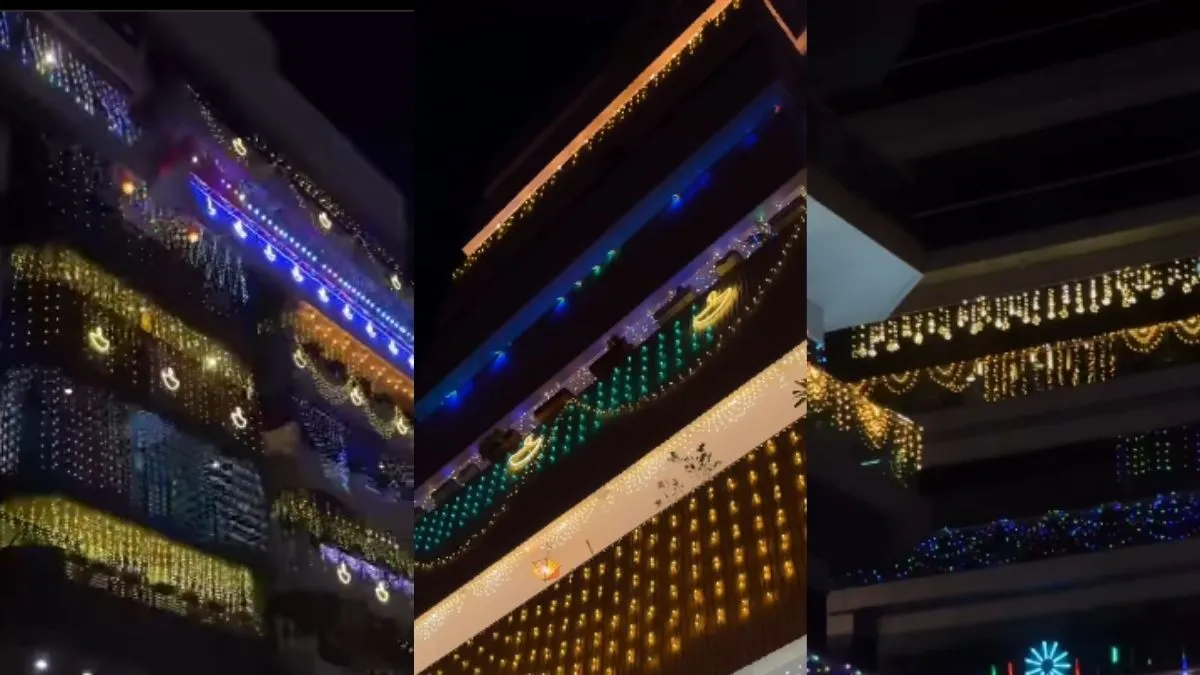They themselves know no fear, ready to face death to the last man, living up to the motto of their ancestors: “It is better to die, than live
a coward. And so the legend grows
Their piercing battle cry “Ayo Gorkhali” and the flashing steel of their curve-bladed ‘khukris’ is enough to chill the blood of the stoutest of brave-hearts and put the enemy to flight –
if at all they live long enough to do that. An army officer once quipped, in a lighter vein, though: “If the dead could, they’d run too”; such is their dread and terror. It is this stirring reputation, actual reality and no exaggerated, larger-than-life representation that has made them warriors, victors and martyrs on every battlefront in the world.
And once you’ve seen them in action, whether in a mock drill or actual combat, you’ll be ready to believe anything. They themselves know no fear, ready to face death to the last man, living up to the motto of their ancestors: “It is better to die than live a coward. And so the legend grows.
In Burma during the Second World War, the threat of being overrun by the Japanese was all too real. And from there, the next objective was to advance into India. A Gurkha patrol was caught in an ambush and cut down in a fusillade of machine-gun fire before it could take cover.
Seeing that it was a hopeless, do-or-die situation, the lone, surviving Gurkha soldier made a charge across 30 yards of open ground in the face of enemy fire, and killed all the 6-7
Japanese were manning that machine-gun post. Despite his injuries, he was able to get back to his until and warn his superiors. In double-quick time, reinforcements were sent to secure the area from further incursions.
Luckily with immediate medical attention, doctors were able to save the soldier’s life. He received a military decoration from the British Crown for courage and bravery under fire of the highest order.
Over the course of two world wars, over 200,000 Gurkhas fought as part of the British Army, and as many as 43,000 lost their lives. They have seen action in France, Flanders, Mesopotamia, Persia, Gallipoli, Palestine, Salonika and in the desert under Lawrence of Arabia, across Europe and the Far East.
In the Falklands War, 1982, the Gurkhas played a major and decisive role in turning the tide of battle in favour of the British. In fact, when the Argentine troops learnt they were advancing against a contingent of Gurkhas and learning of their fearsome reputation, they rightly thought it would be a better option to surrender.
After partition and under the terms of a tripartite agreement – Nepal, India and Britain four Gurkha battalions were transferred to India. Today there are over 40,000 Gurkhas in the Indian Army, comprising 46 battalions in seven regiments
Later, they have served in Hong Kong, Malaysia, Borneo, Sierra Leone, East Timor, Bosnia, Kosovo, Iraq, and Afghanistan.
Mainly impoverished farmers, Gurkhas come from a remote mountain district of Gorkha, one of 77 in the Himalayan Kingdome of Nepal. But their name is not derived from this village. Rather it comes from the eighth-century Hindu warrior saint Guru Gorakhnath.
Legend has it that he gave the Gurkhas the famous curve-bladed Khukri, the insignia of their valour and their terror.
There are 3,500 Gurkha soldiers in the British Army, serving in the Queens Guards regiment. In the annual recruitment into the British Army, on an average 28,000 Gurkha youths compete for 200 places. That’s how tough it is, and on top of it the physical tests for strength, endurance and stamina are tougher still.
Massachusetts-born General David Octerloney in the East India Company was the first to notice the fighting potential of the Gorkhas and suggest their induction into the military.
The Gurkhas fighting units have won 26 Victoria Cross awards – shared equally between the Gurkha soldiers and their British officers.
After partition and under the terms of a tripartite agreement – Nepal, India and Britain four Gurkha battalions were transferred to India. Today there are over 40,000 Gurkhas in the Indian Army, comprising 46 battalions in seven regiments.
They have served with distinction and valour in all Indi-Pak conflicts (1947-48, 1965, 1971, 1987 and 1999, during the Chinese aggression of 1962. They have battled on valiantly in the icy heights of the Siachen Glacier and through the Kargil War
Since Independence in 1947, Gurkhas serving in the Indian Army have been awarded three Param Vir Chakras, which are equivalent to the Victoria Cross, and several other gallantry awards.
Field Marshall Sam Manekshaw, who himself belonged to the Eighth Gorkha Rifles Regiment, and earned the sobriquet ‘Sam Bahadur’ from his gurkha troops had once said: “If anyone tells you he is never afraid, is either a liar, or he is a Gurkha.
************************************************************************
Readers
These are extraordinary times. All of us have to rely on high-impact, trustworthy journalism. And this is especially true of the Indian Diaspora. Members of the Indian community overseas cannot be fed with inaccurate news.
Pravasi Samwad is a venture that has no shareholders. It is the result of an impassioned initiative of a handful of Indian journalists spread around the world. We have taken the small step forward with the pledge to provide news with accuracy, free from political and commercial influence. Our aim is to keep you, our readers, informed about developments at ‘home’ and across the world that affect you.
Please help us to keep our journalism independent and free.
In these difficult times, to run a news website requires finances. While every contribution, big or small, will makes a difference, we request our readers to put us in touch with advertisers worldwide. It will be a great help.
For more information: pravasisamwad00@gmail.com
************************************************************************











